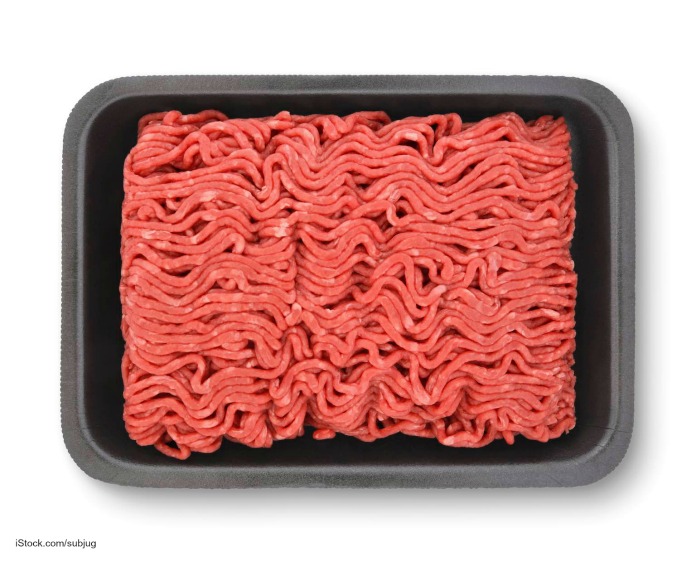Two years before a 2018 Salmonella outbreak linked to ground beef produced by JBS Tolleson triggered one of the largest beef recalls in modern history, another outbreak, a secret and deadly one was linked to the same strain.
The deadly 2016 outbreak was never announced and no recall was ever issued because the U.S. Department of Agriculture’s Food Safety and Inspection Service (USDA FSIS) said traceback records didn’t conclusively point to a single establishment. So, contaminated ground beef was sold to consumers and 106 people in 21 states got Salmonella infections. Forty-eight percent of the patients were hospitalized, and one person died.
One year after that outbreak ended, the first illness in the 2018 outbreak was reported. That outbreak, which was publicly announced, eventually sickened 436 people in 31 states hospitalizing about one-third of them.
A new USDA FSIS after-action report compares these two ground beef outbreaks, caused by the same strain of Salmonella Newport. And suggests could be others.

A Recurring Strain
USDA FSIS characterizes the Salmonella Newport strain (JJPX01.0010 (pattern 10)) associated with these ground beef outbreaks as a recurring strain because it has been linked to “repeated outbreaks,” according to the report. And, in 2018, months before the JBS outbreak began, the Centers for Disease Control and Prevention (CDC), released a report on the deadly 2016 outbreak noting that “previous studies have demonstrated long-term persistence of Salmonella Newport in dairy herds and a 1987 Salmonella Newport outbreak was linked to contaminated ground beef from slaughtered dairy cows.”
In the U.S., most ground beef comes from beef cattle, but about 18 percent comes from retired dairy cows which, according to the CDC, were the suspected source of the 2016 outbreak. “One possible explanation is that dairy cows carrying a high Salmonella load that overwhelmed antimicrobial interventions could have gone to multiple slaughter/processing establishments, resulting in contamination of multiple brands and lots of ground beef. This might explain the reason for failure to identify a single, specific source of contaminated ground beef.”
Salmonella and E. coli are Common in Ground Beef
When consumers think about bacterial contamination in ground beef, they tend to think of E. coli. But ground beef is often contaminated with Salmonella. And because USDA FSIS does not consider Salmonella an adulterant, meat and poultry products contaminated with Salmonella can be sold to consumers.
The best way for consumers to protect themselves is to use a food thermometer. Ground beef should be cooked to a temperature of 160˚F.
Symptoms of a Salmonella infection usually develop within six to 72 hours of exposure to contaminated food. They include nausea, fever, abdominal cramps, and diarrhea that can be bloody. Anyone with these symptoms should see a doctor.

If you have been sickened with a Salmonella infection, please contact our experienced attorneys for help with a possible lawsuit at 1-888-377-8900 or 612-338-0202.




